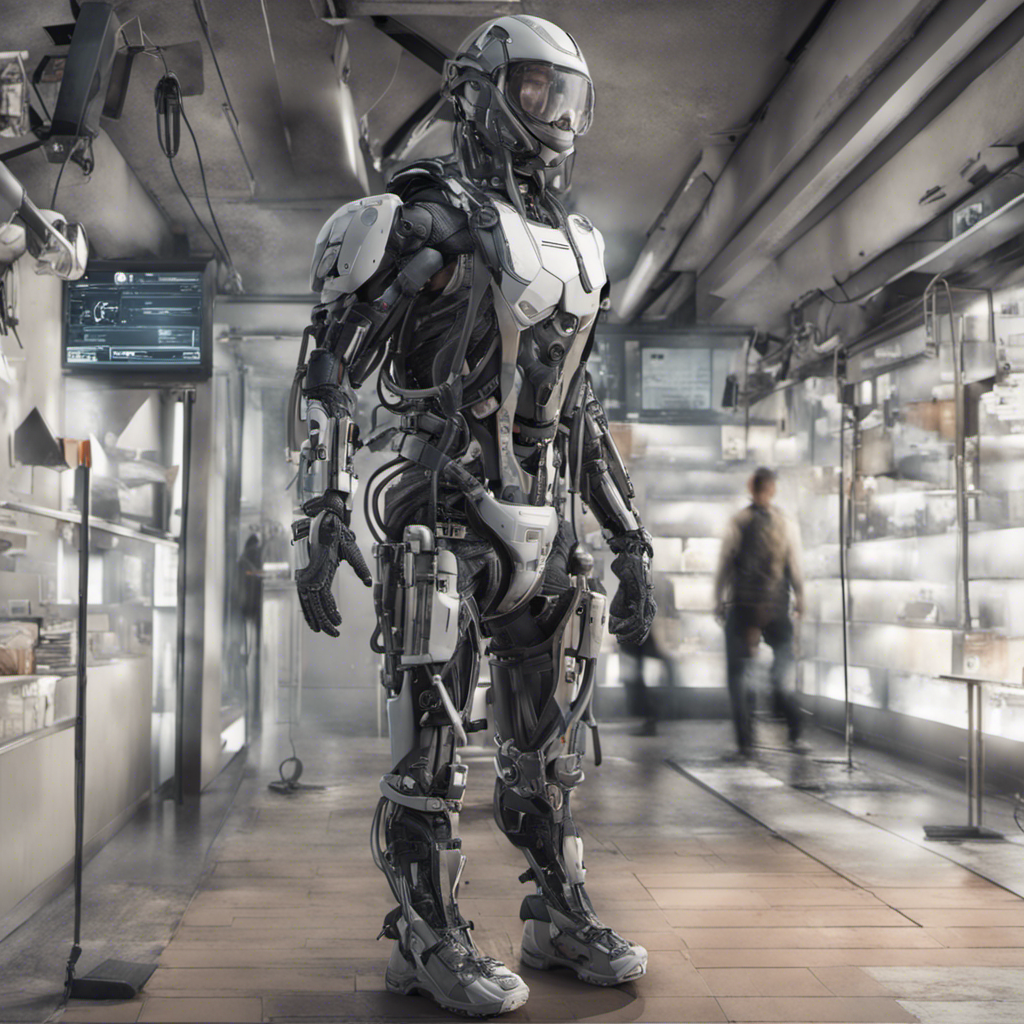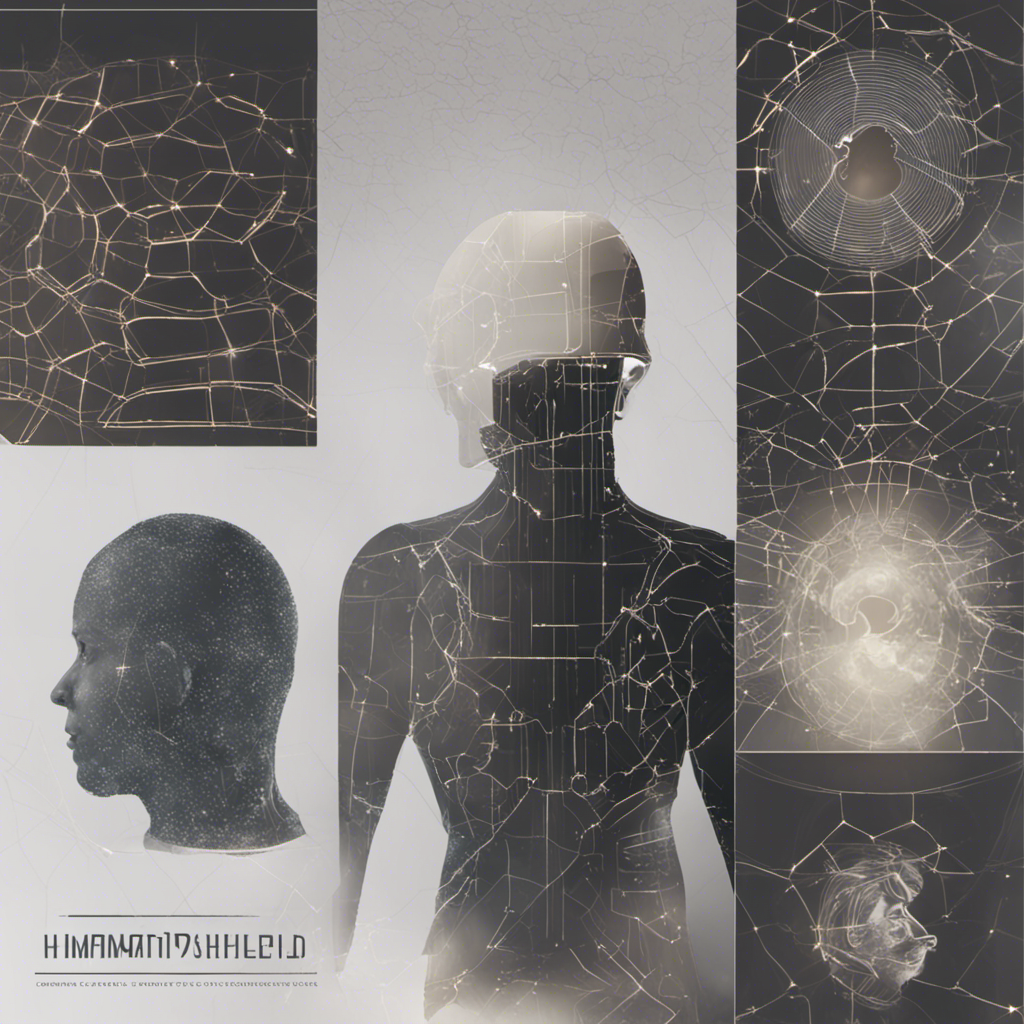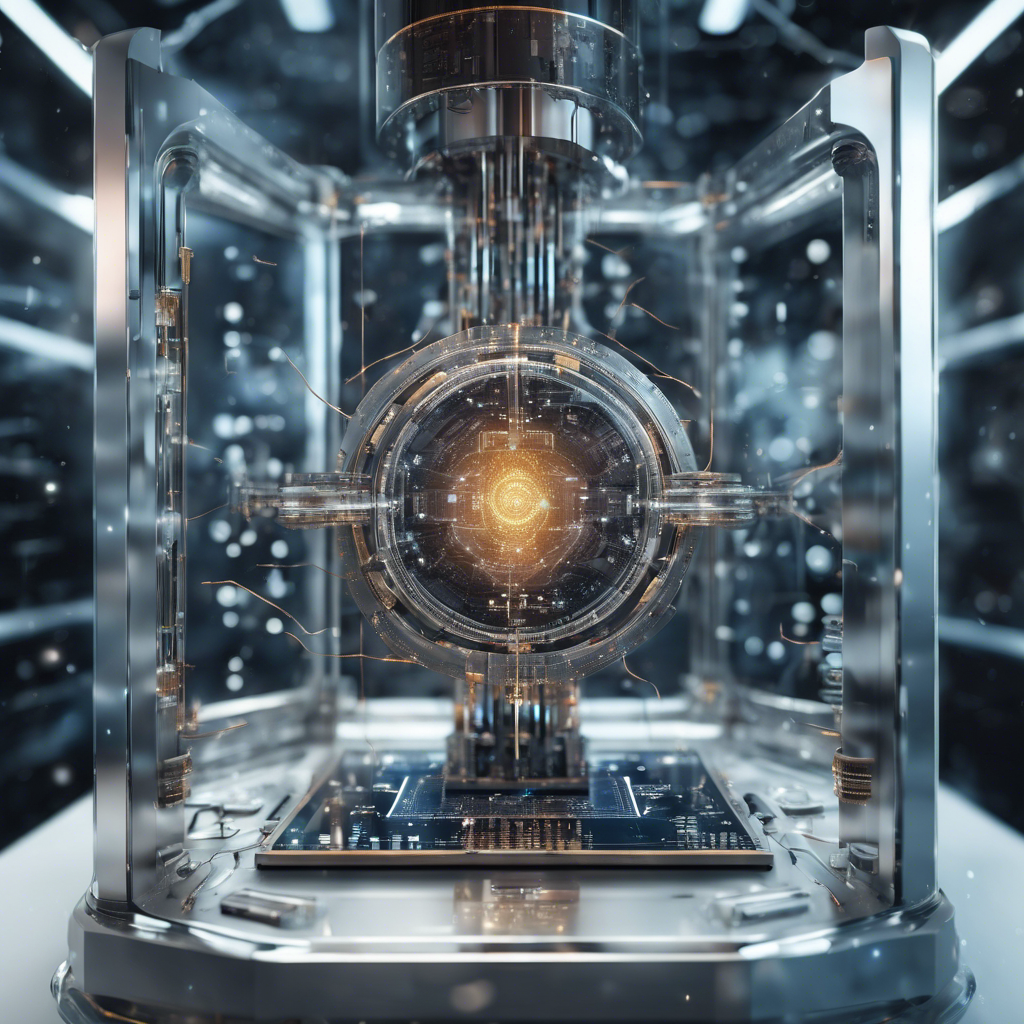
Futuristic Tech: Exoskeletons and Their Potential Applications
Introduction
In recent years, futuristic technologies have emerged that have the potential to revolutionize various industries and improve the quality of life for individuals with physical limitations. One such technology is exoskeletons, wearable external support systems that augment the strength and mobility of the human body. In this blog post, we will explore the concept of exoskeletons, their current state of development, and their potential applications across different fields.
What are Exoskeletons?
Exoskeletons, also known as powered suits or exosuits, are wearable devices that encompass the limbs and torso of a user. These robotic systems use a combination of sensors, actuators, and artificial intelligence to provide enhanced strength, endurance, and mobility. By reducing the strain on human muscles and joints, exoskeletons allow users to perform physically demanding tasks with ease and efficiency. In essence, exoskeletons bridge the gap between human capabilities and technological advancements.
State of Development
Exoskeleton technology has come a long way since its inception. Initially developed for military applications, exoskeletons are now being used in various industries and have the potential for medical and rehabilitation purposes. Significant advancements have been made in terms of design, functionality, and user experience.
Types of Exoskeletons
-
Full-Body Exoskeletons: These exoskeletons cover the entire body and provide support and assistance for all limbs and the torso. They are typically used in industries where heavy lifting and prolonged standing are required, such as logistics and construction.
-
Partial Exoskeletons: Partial exoskeletons, as the name suggests, provide support and assistance to specific body parts. For example, lower limb exoskeletons are designed to improve walking and running abilities, while upper limb exoskeletons aid in tasks that require increased strength and dexterity.
-
Soft Exoskeletons: Soft exoskeletons, also known as textile-based systems, use lightweight and flexible materials to provide support and assistance. These exoskeletons are more comfortable to wear and allow for natural movement, making them suitable for tasks that require agility and precision.
Current Applications
Military and Defense
Exoskeletons have initially been developed for military applications, with the goal of enhancing soldier performance on the battlefield. Military exoskeletons provide increased strength, endurance, and protection, allowing soldiers to carry heavier loads and move more efficiently. They can also reduce the risk of injuries and improve overall safety. Examples of military exoskeletons include the TALOS suit developed by the U.S. Army and the HULC system developed by Lockheed Martin.
Industrial and Construction
In industries where physical labor is prevalent, exoskeletons can significantly improve worker productivity, reduce fatigue, and prevent injuries. Exoskeletons allow workers to perform repetitive tasks with reduced effort, such as lifting heavy objects or operating power tools. For instance, Hyundai has developed an exoskeleton called the H-LEX that aids workers in carrying heavy objects, reducing strain and increasing overall efficiency.
Healthcare and Rehabilitation
Exoskeletons hold great potential in the healthcare and rehabilitation field. These devices can assist individuals with mobility impairments and provide support during rehabilitation programs. For individuals with spinal cord injuries, exoskeletons can enable them to stand, walk, and even climb stairs. The ReWalk system is one such exoskeleton that has been approved by the U.S. Food and Drug Administration (FDA) for personal use.
Elderly Care
As the global population continues to age, there is an increasing need for assistive technologies in elderly care. Exoskeletons can be used to enhance the strength and mobility of older adults, allowing them to maintain independence and engage in daily activities more easily. By reducing the risk of falls and promoting physical activity, exoskeletons have the potential to improve the quality of life for the elderly.
Future Potential and Challenges
While exoskeleton technology has already made significant strides, there are still challenges that need to be addressed for its widespread adoption and advancement. Some of these challenges include:
-
Cost: Exoskeletons can be expensive to develop and manufacture, making them less accessible to individuals and smaller businesses. As technology progresses and economies of scale are realized, the cost is expected to decrease.
-
Comfort and Mobility: Exoskeletons should be designed with the user’s comfort and freedom of movement in mind. Lighter and more agile exoskeletons will be essential for applications that require flexibility and precision.
-
Safety and Reliability: Ensuring the safety and reliability of exoskeletons is paramount, especially in industries where worker safety is critical. Robust sensors, fail-safe mechanisms, and thorough testing protocols are necessary to mitigate potential risks.
Conclusion
Exoskeletons hold immense potential in various industries, from military and construction to healthcare and elderly care. These wearable external support systems have the ability to augment human capabilities, reduce physical strain, and improve overall productivity. As technology continues to advance and challenges are addressed, exoskeletons are expected to become more prevalent, empowering individuals and enhancing their quality of life.
Note: This blog post is for informational purposes only. The mention of specific products or companies does not constitute endorsement or promotion.
References:
- USA Department of Defense. (2021). Exoskeletons and Body Armor: Hearing before the Subcommittee on Emerging Threats and Capabilities of the Committee on Armed Services. Retrieved from https://www.dod.gov/webcasts/exoskeletons-and-body-armor
- Ossur. (2021). ReWalk Personal 6.0. Retrieved from https://www.ossur.com/en-us/rehabilitation/rewalk-personal-6-0
- Hyundai Motors Group. (2021). Hyundai Robots. Retrieved from https://www.hyundai.com/worldwide/en/experience/technology/innovationareas/robotics/robotics






